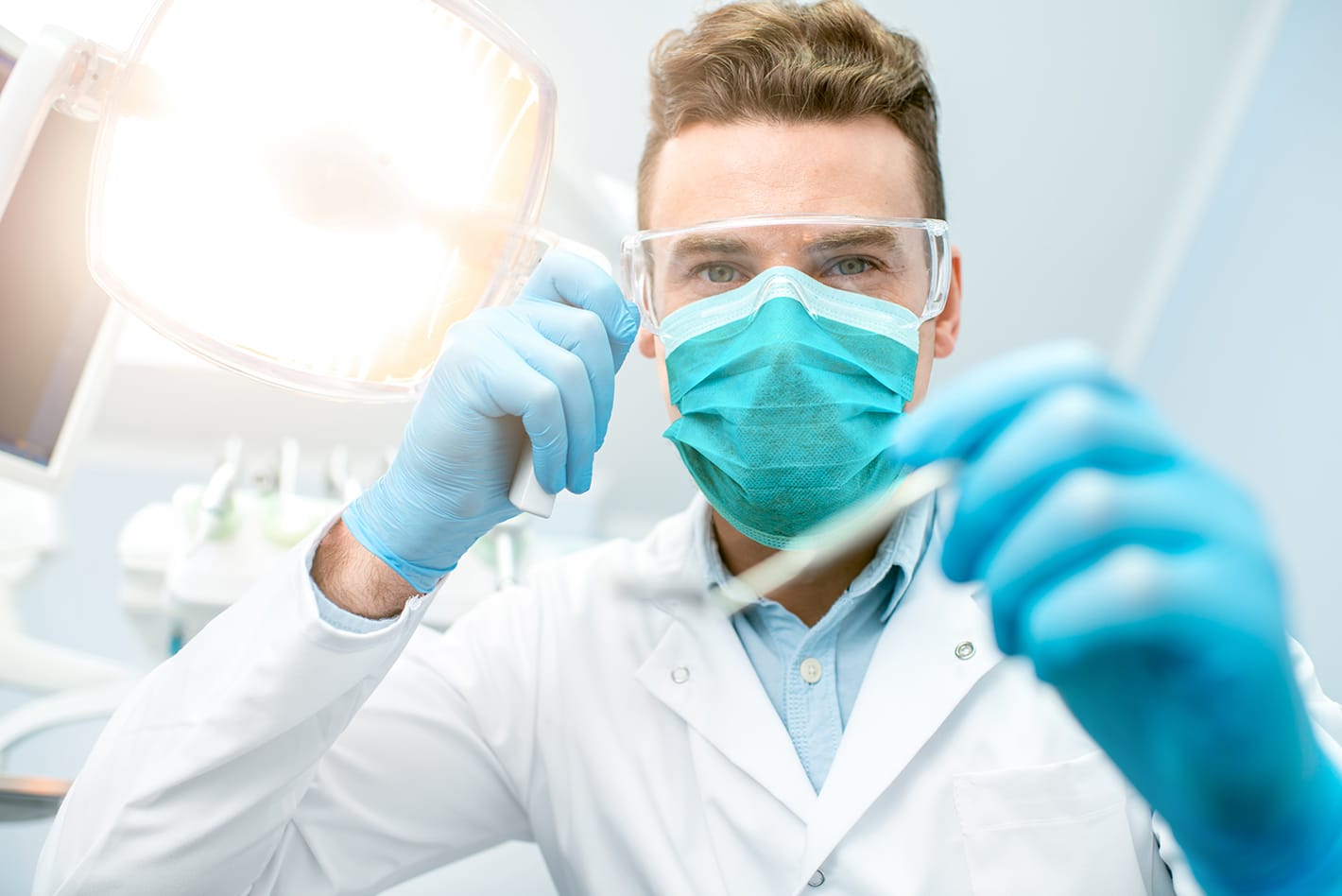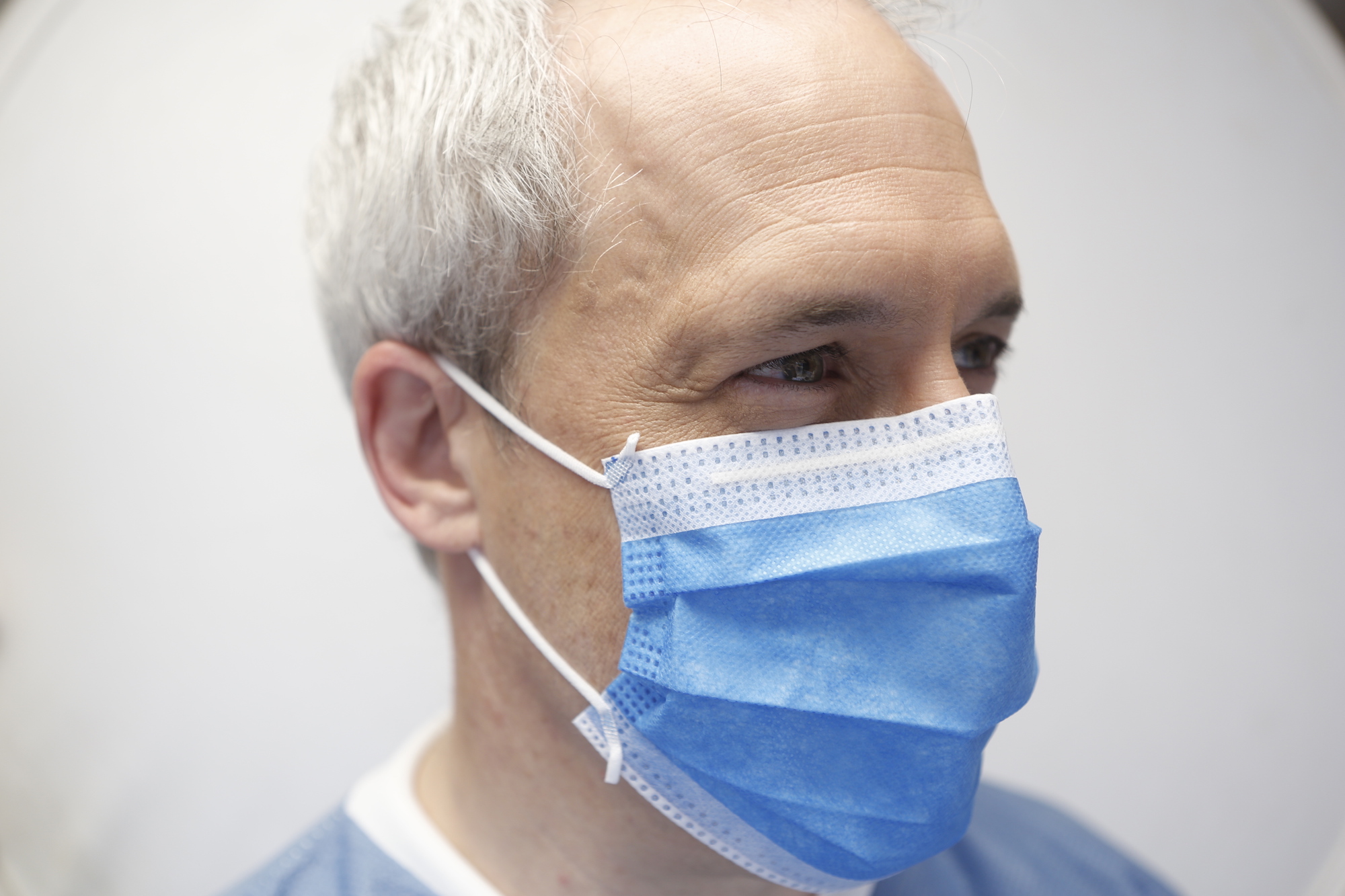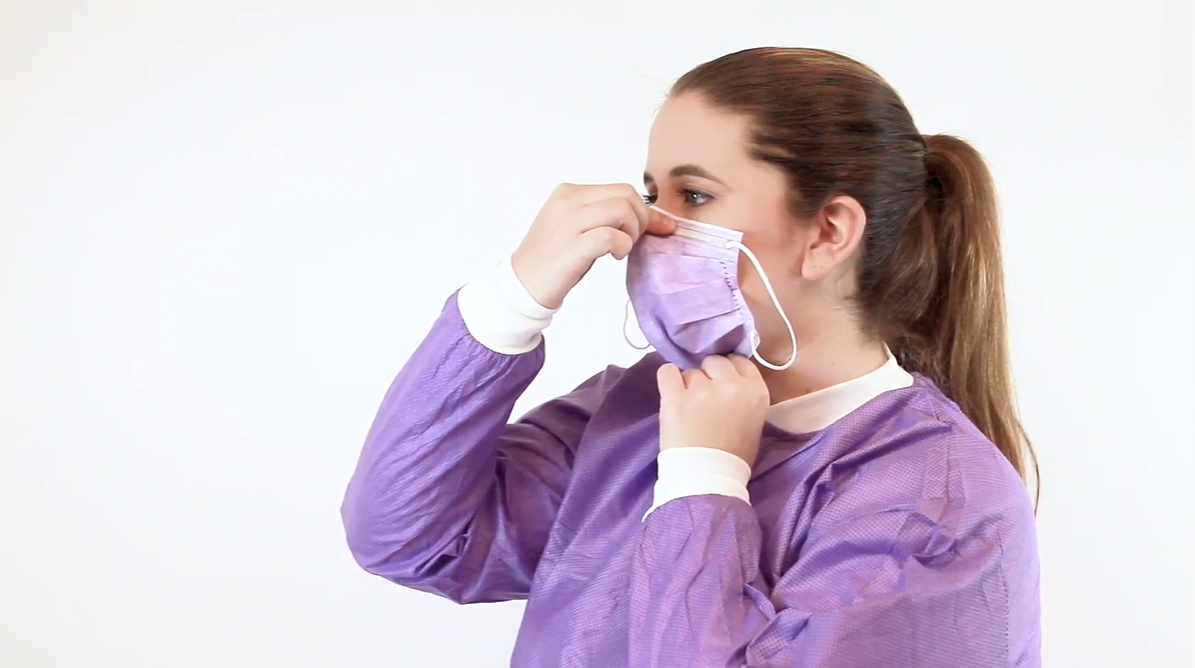
In the first months of the COVID-19 pandemic, there was a shortage of medical masks. Thankfully, medical mask supply has stabilised. This blog reminds mask wearers of some of the most important ways to ensure optimal respiratory protection.

1. Choose a mask from a reliable manufacturer
When demand for masks spiked during the pandemic, some manufacturers rushed to turn a quick profit by producing masks for domestic use in the fastest and cheapest way possible, on improvised machinery, using any materials they could find. Not only were most of the masks they produced uncomfortable to wear and hard to breathe through, but they were not adequate for use in a health care setting. They failed to provide reliable respiratory protection. This has led to removal of some masks from the TGA register. That’s why it’s so important to use only medical masks that are certified to comply with Australian Standard 4381:2015.
Medical grade face masks are medical devices that are subject to stringent regulatory requirements. Only highly specialised medical mask manufacturers have the knowledge, experience, premium raw materials, state-of-the-art machinery and tight quality controls necessary to produce them.

2. Wear your mask correctly
Even the most well-made mask can only protect if it is worn correctly. To ensure that you are protected, follow these mask donning instructions:
- Before putting on a mask, always perform hand hygiene by either handwashing or by applying a TGA-approved alcohol-based hand gel and rubbing that for at least 20 seconds;.
- Remove the mask from its package and inspect it for tears or holes; never use a damaged mask;
- Ensure that the nose piece is at the top and that the pleats face outwards and downwards;
- For coloured masks, ensure that the white side is against your facial skin and the coloured side is facing out, away from your face;
- Place the mask over your nose and mouth and extend it under your chin;
- Adjust the nosepiece so that it fits securely over the bridge of your nose;
- Adjust the mask so that it lies closely against the sides of your face to minimise gaps.
- Slip the earloops over each ear (for an earloop mask) or tie the ties behind your head (for a tie-on mask) to hold the mask securely in place;
- Once your mask is on, be sure not to touch it while you are wearing it;
Important: Remember to NEVER pull your mask under your chin, even briefly to eat, drink or talk.
3. Make sure your mask fits properly
- To determine whether a mask fits properly, check that it fits snugly over the nose and mouth and under the chin and that there are no gaps at the sides of the face;
- When a mask is too big, it creates gaps that allow contaminants to enter and escape;
- A mask designed with an adjustable nose piece will create the best possible seal around your nose and cheeks;
4. Choose the right level of splash protection
Medical masks should be selected based on the level of splash protection required for their intended use.
Level 1 masks have the lowest splash resistance (80 mm Hg fluid pressure). They are intended for procedures where there is no anticipated fluid splashing, e.g. dental prosthetic work, or ortho adjustments, where the triplex syringe is not used.
Level 2 masks provide higher splash resistance (120 mm Hg). They are intended for routine dental procedures of all types (both restorative and surgical), where there will be some likely exposure to aerosols, spray and/or fluids.
Level 3 provide the highest splash protection (160 mm Hg) and are intended for use in settings where arterial spurting is likely (e.g. orthopaedic and cardiac surgery).
No mask provides an airtight seal. In some settings, a surgical respirator is needed, as part of risk-based precautions.
5. Look for special features
Whether you have sensitive skin, wear glasses or simply feel claustrophobic in ordinary masks, there is a specialty mask for you.
- If you wear glasses: Find a mask that fits closely over your nose or one that has a nose wire to limit fogging. Choosing a mask with an anti-fog film or strip also helps.
- The Medicom SoftSkin Anti-Fog Earloop Mask™ with Air Space™ technology has a unique fog-free strip integrated into the adjustable nosepiece to minimise fogging and ensure clear vision when wearing loupes or eyewear.
- If you feel claustrophobic in ordinary masks: Look for a mask that creates a larger breathing space between the mask and your face.
- The Medicom Safe+Mask TailorMade™ earloop mask has innovative dual-fit nose and chin pieces that adjust to form a tight seal around the face reducing gapping and ensuring a personalised fit, making it ideal for those who feel claustrophobic in ordinary masks.
- If you have sensitive skin: Choose a mask with an inner layer made of materials that are gentle on skin.
- The Medicom SafeMask® SoftSkin earloop mask is designed especially for those with sensitive skin. It is ultra-soft and lightweight with a breathable inner layer and unique wicking technology that keeps the face dry and comfortable.
- To prevent fluids or other substances from entering the eyes: Choose a mask with a protective shield or visor. There are a range of these visor masks on the market.
- The Medicom Premier Elite™ ProShield mask with visor combines a level 3 earloop face mask with an integrated visor to protect the eyes.
6. Know when to change your mask
- Between patients: Wear a new mask for every patient.
- As soon as it becomes wet: A mask that becomes wet, whether from sweat, breath or other substances, loses its ability to filter pathogens.
- If it becomes damaged or torn: A damaged or torn mask could allow pathogens to enter or escape the mask. If you notice any tears or damages, change your mask immediately.
- If it becomes noticeably soiled or contaminated or hard to breathe through.1
- If you have been wearing it for an extended period: The longer a mask is worn, the greater the risk for infectious particles to become deposited on its surface.2
7. Remove your mask safely
To minimise the risk of cross-contamination when removing a mask, handle it only by the earloops or ties, and never touch the front. To safely remove your mask:
- Begin by stretching the earloops up and over your ears (for an earloop mask) or untying the ties behind your head (for a tie-on mask).
- Next, bring the outside corners of the mask together so that the contaminated front of the mask is no longer exposed.
- Take care not to touch your eyes, nose or mouth while removing a mask and disinfect your hands with soap and water or hand sanitiser immediately after removing a mask.
8. Safely dispose of single-use masks
Single-use facemasks should be used once and then discarded as follows:
- After safely removing the mask, immediately dispose of it, according to your local waste regulations.
- Perform hand hygiene immediately after discarding a mask.
- Do not carry a used mask around your arm or wrist or pull it down to rest under your chin or around your neck.
- Never share your mask with others.
References
- The Right Mask for the Task, Johns Hopkins Bloomberg School of Public Health, https://www.jhsph.edu/covid-19/articles/the-right-mask-for-the-task.html
- Chughtai AA, Stelzer-Braid S, Rawlinson W, Pontivivo G, Wang Q, Pan Y, et al. Contamination by respiratory viruses on outer surface of medical masks used by hospital healthcare workers. BMC Infect Dis. 2019;19(1):491. Available from: https://doi.org/10.1186/s12879-019-4109-x.
